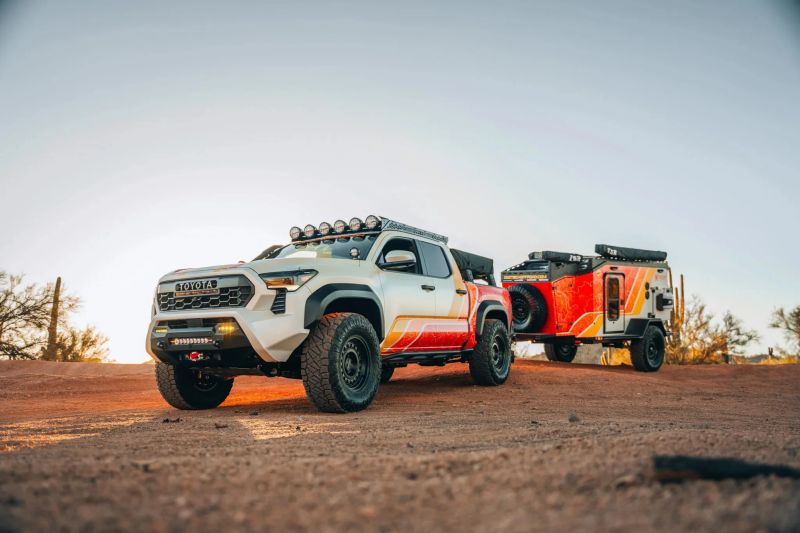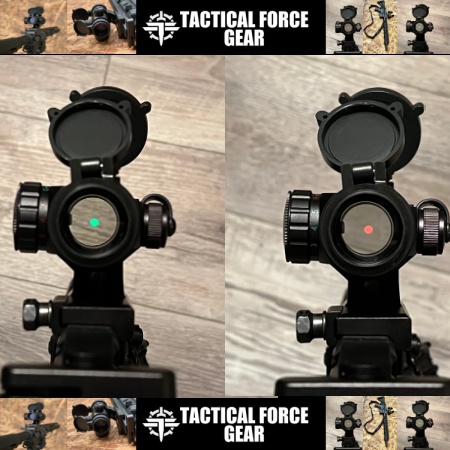Listed To This Article: Play in new window | Download | Embed
You can also subscribe via Apple Podcasts | Spotify | Amazon Music | Android | | More
I realize the title of this article is going to rub some people the wrong way, but before you break out the torches and pitchforks, please allow me to explain. The 9mm Luger cartridge has progressed from being an ‘also-ran’ in the cartridge race to a pariah in the defensive shooting world, and ultimately, to the single most popular handgun cartridge in the United States. For a while, the FBI considered it “unsatisfactory” as a self-defense round, but the 9 mm is now, by far, the most common chambering for law enforcement, EDC, and home defense handguns. So, what changed?
History of the 9mm
The 9mm Luger cartridge, also known as the 9mm Parabellum, was developed by George Luger in 1902 for the German arms manufacturer Deutsche Waffen- und Munitionsfabriken, commonly known as DWM. The name Parabellum comes from the Latin motto of the company, “si vis pacem, para bellum,” which translates to “if you want peace, prepare for war.”
The 9mm Luger was derived from an earlier 7.65×23 Parabellum cartridge developed in 1898, but being only 19 mm long, it was more convenient for pistols that held their magazine in the grip. There were other 9mm cartridges around at the time, such as the 9mm Largo, 9mm Makarov, 9mm Short, and the 9mm Browning Long. All enjoyed a degree of popularity for a time, but the 9mm Luger eventually outshone them all.
The Parabellum pistol chambered in 9mm Luger was presented to the British Small Arms Committee, who liked it, in 1902, and to the United States Army in 1903. The U.S. Army also liked it but continued to look
for other handguns, both revolvers and pistols. Unsurprisingly, it was the German military that wholeheartedly embraced the 9mm Luger. The German Navy began using it in 1904, followed by the German Army, which used it heavily both in pistols and their early submachine guns. The rest is history, and eventually, the 9mm Luger was adopted by most of the militaries in Europe and North America.
It Has Not Always Been Loved
At the time it was developed, the 9mm Luger was designed to improve penetration. The goal was a cartridge that would penetrate the military uniforms and field gear of the day, which often included a heavy coat and leather harness. It is ironic then that the U.S. Army considered it too underpowered for combat and went instead with the now famous 1911 chambered in .45 ACP, eventually also adopting submachine guns like the Thompson and the M3 Grease Gun chambered in it. Stories of the big 230 grain .45 ACP bullet taking a man off his feet with one shot abound, from the Moro pirates to Vietnam. An infantry major I knew told me he hit an NVA soldier in the ear with his .45, and the shock when it jerked the man’s head around broke his neck. Whether that is true or not, who can say, but the guy was a solid officer and not known as being prone to exaggeration. I will admit that I was happy when I was issued a Kimber 1911 on a contract while I was in Iraq.
Another blot on the record of the 9mm Luger was the infamous 1986 Miami shootout between the FBI and two bank robbers. In that gunfight, one of the robbers received what should have been a fatal wound with a 9mm round yet continued to fight on. The incident wounded five FBI agents and killed two more, including the agent who had shot the bad guy with the 9mm. That episode prompted the FBI to abandon the 9mm as being ineffective because it was not considered powerful enough to immediately incapacitate a criminal. This eventually led to the development of the .40 S&W after the 10mm was determined to be too powerful for many FBI agents to handle. That prompted a law enforcement exodus away from 9mm pistols in favor of pistols chambered in .40 S&W and .45 ACP.
When did the 9mm begin its Reign?
Despite the negatives of the past, the 9mm is currently the most popular handgun cartridge in America. There are several reasons for this. For one thing, in 1985, after 74 years, the U.S. military abandoned the 1911 in favor of the Beretta M9, chambered in 9mm Luger. Civilian gun culture tends to follow the military, perhaps even more closely than it does the police, so the FBI notwithstanding, the 9mm gained in popularity. It didn’t hurt that the Beretta 92, the closest civilian version of the M9, is a beautiful gun and remains popular to this day. In 2017, the U.S. military left the Beretta M9 behind in favor of Sig M17 and M18 handguns, both of which are chambered in 9mm.
Another factor that kept the 9mm popular was the introduction of the 9mm Glock 19 in 1988. It was a pioneer in handguns designed for concealed carry and was the best-selling compact gun for many years. Even today, with plenty of competition, it remains a very popular gun for EDC.
Probably the biggest factor in the rise of the 9mm has been the continuing innovation in 9mm defensive ammunition. The improvement in the lethality of the 9mm cartridge prompted the FBI to reevaluate its previous position and conduct ballistic testing as well as reviewing police shooting incidents. The result was that in 2014, the FBI officially announced it was dropping the .40 S&W and switching back to 9mm. It went so far as to state in its 2014 FBI 9mm White Paper that “9 mm Luger now offers select projectiles which are, under identical testing conditions, outperforming most of the premium line .40 S&W and .45 Auto projectiles tested by the FBI.” They also stated that “there is little to no noticeable difference in the wound tracks between premium line law enforcement projectiles from 9 mm Luger through the .45 Auto.” Finally, the FBI tests resulted in the conclusion that handgun stopping power, once a claim to fame of the .45 ACP, is a myth. Once the FBI switched back to 9mm, most law enforcement agencies began to follow, which built up confidence in the cartridge among civilian gun owners. Today, the market is flooded with police trade-in handguns chambered in .40 S&W.
The 9mm Today
Handguns chambered in 9mm are by far the largest selling handguns in the American market. They come in all shapes and sizes, from full-size duty and home defense guns to micro compacts for concealed carry. There are even double-stack 1911s in 9mm (no, not all double-stack 1911s are 2011s). It is estimated that approximately 3.5 billion rounds of 9mm are sold in the U.S. each year for military, police, and civilian consumption. Worldwide, it is estimated that 10% of all the ammunition manufactured is 9mm Luger. That may not sound like a big percentage, but keep in mind that includes 7.62×39, 5.56 NATO, 7.62 NATO, and every other handgun, rifle, and shotgun cartridge made in the world.
As for 9mm handguns, they combine all of the most popular characteristics of a good EDC gun. They can be made compact and light while still offering excellent capacity, making them ideal for a long day of carrying your handgun in an IWB holster. In fact, many of the most popular concealed carry guns are only available in 9mm.
Handguns chambered in 9mm are also easy to shoot for most people because they generate less recoil than larger calibers. That means it is easier to control under a stressful situation and more fun to practice with at the range. Best of all, as FBI testing has demonstrated, modern 9mm ammunition is as effective as most larger cartridges for self-defense. Finally, 9mm ammunition is readily available everywhere, and FMJ range ammo is inexpensive and can be had for as little as a couple of hundred dollars for a thousand rounds. That will ensure it won’t break the bank to go to the range and practice to improve and maintain your skills.
Whether you are a fan of the 9mm Luger cartridge or not, there’s no disputing that it is currently the King of Cartridges in the American handgun market. With all the innovation in firearms and cartridges, that could change someday, but for now, 9mm is the most versatile and practical cartridge for concealed carry, especially if you are planning to buy your first gun.
Read the full article here




